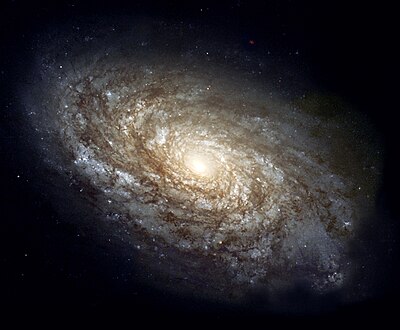General Astronomy
Astronomy is the scientific study of celestial bodies in the visible universe, from the scale of a few meters to the macro scale, including: the underlying physics governing those bodies, what they are made of, their properties, distribution, relation, distance, movement, creation, age and demise.
Our understanding of the universe has dramatically improved due to the progress of technology. Astronomy has been one of the most modernized areas of scientific study, but it is also one of the oldest sciences — practiced by all ancient civilizations to some degree. Sadly, people have increasingly started to lose connection with the observable universe, something that was previously even required for measuring time, and defining seasons. Astronomy is among our species' first technological steps, but today only passingly remarked about when it verifies something thought about in theoretical physics. Even in a highly industrialized global civilization, defined by consumerism only a few of us had the chance to go beyond simple images and concepts and have ![]() in considering what is around our blue dot and its implications for us.
in considering what is around our blue dot and its implications for us.
This Wikibook introduces the reader to that tapestry and the process that revealed it to humanity. It presents astronomy not only as a field of knowledge, but also as a human endeavor in science.
Table of Contents
[edit | edit source]
- The Modern View of the Cosmos
- Observational Astronomy
- Motion and Gravity
- Principles of Light
- Telescopes
- Planetary science
- Earth as a Planet
- Space Exploration
- Astrobiology and Extraterrestrial Life
- The Sun
- Stars
- The Stellar Life Cycle
- Black Holes
- Galaxies
- Gamma-Ray Bursts and Cosmic Rays
- Cosmology
Also on Wikimedia
[edit | edit source]Wikibooks is a Web site where this and other free textbooks are developed. In addition to this book, Wikibooks is the host of related textbook projects.
- General Relativity, an advanced undergraduate treatment of the principles of general relativity
- Astrophysics, a textbook for beginning students in physics and astronomy
- Astrodynamics, a look at the principles behind orbiting satellites
- Wikijunior:Solar System, a children's nonfiction book about the Solar System
- Messier Index, a list of all the deep-sky objects in the Messier Index.
